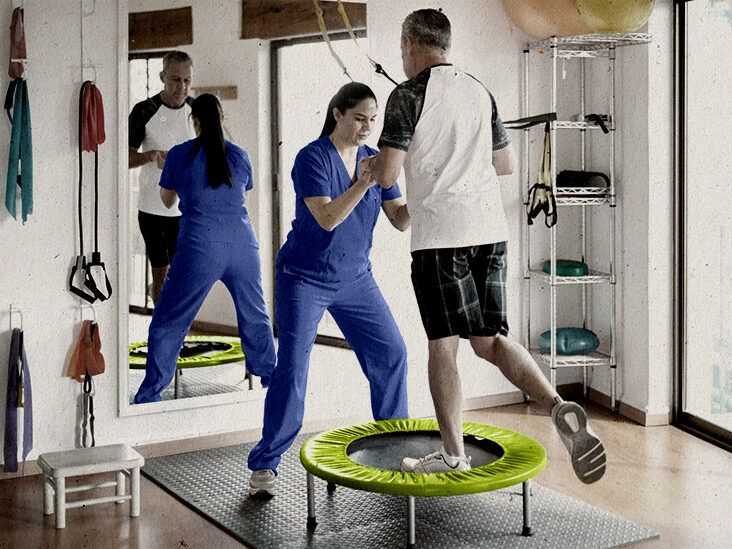Efficient Approaches for Reducing Breathlessness in Physical Rehabilitation Sessions
Efficient Approaches for Reducing Breathlessness in Physical Rehabilitation Sessions
Blog Article
Dyspnea, or difficulty breathing, is a common issue that many people face, particularly those with long-term lung diseases, heart issues, or other medical concerns. In physical therapy sessions, addressing dyspnea is essential for helping patients improve their overall quality of life. By utilizing specific methods and approaches, physical therapists can help patients in controlling their respiratory difficulties. Understanding these effective methods can enable both therapists and patients to collaborate together more efficiently in overcoming challenges related to dyspnea.
One of the primary techniques used to alleviate breathing difficulties in physical therapy is the application of regulated breathing activities. These activities often concentrate on abdominal breathing, which encourages patients to use their diaphragm rather than their upper chest muscles when inhaling. This approach helps to maximize lung capacity and effectiveness. Additionally, pursed lip breathing is another technique that can be beneficial. This technique involves inhaling through the nose and exhaling slowly through pursed lips, which can assist to keep airways clear longer and render breathing feel more manageable. By including these exercises into therapy sessions, physical therapists can provide patients with strategies to control their breathing difficulties both during and beyond of their appointments.
Another crucial aspect of controlling dyspnea in physical therapy is the creation of an individualized exercise regimen. Tailoring exercises to satisfy the specific needs and physical therapy for sports conditioning capabilities of each patient is crucial. Therapists should gradually integrate aerobic exercises, such as walking or biking, in a structured manner, allowing patients to develop their endurance over time. This progressive approach helps patients to feel more comfortable with fitness activity while simultaneously improving their lung function and overall endurance. It is vital for therapists to monitor patients closely during these activities to make sure they are not overexerting themselves, which could result to increased shortness of breath.
Teaching also plays a significant role in reducing dyspnea during physical therapy appointments. Providing patients with information about their condition and the factors behind breathing difficulties can enable them to take charge of their health. Therapists can explain how factors like anxiety, posture, and surrounding conditions can influence breathing. By understanding these ideas, patients can discover to control their symptoms more effectively. Techniques such as anxiety reduction methods and proper body mechanics can further assist in minimizing the effects of breathing difficulties during daily activities and therapy sessions.
In summary, effectively reducing dyspnea in physical therapy sessions involves a mix of breathing activities, individualized exercise regimens, and patient teaching. By applying these effective approaches, physical therapists can assist patients manage their respiratory difficulties and improve their overall well-being. Working together between therapists and patients is crucial to create tailored interventions that address individual needs. With the appropriate support and techniques, patients can experience comfort from breathing difficulties and participate more completely in their physical therapy journey, ultimately leading to a better quality of life.